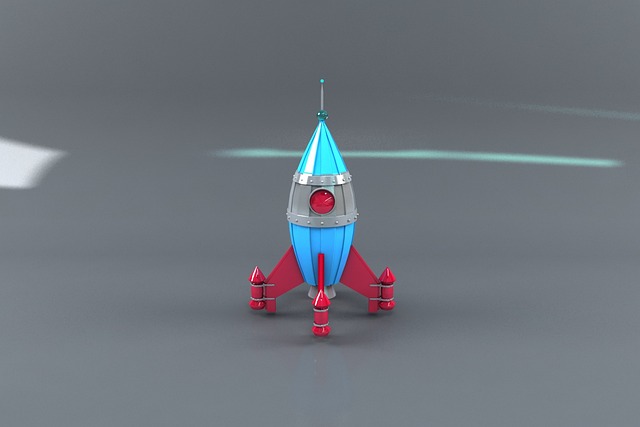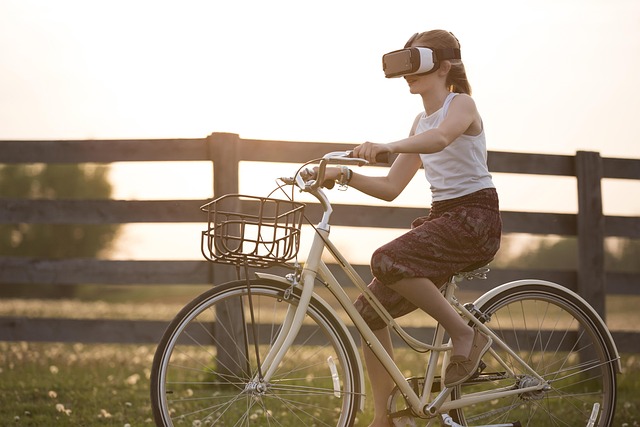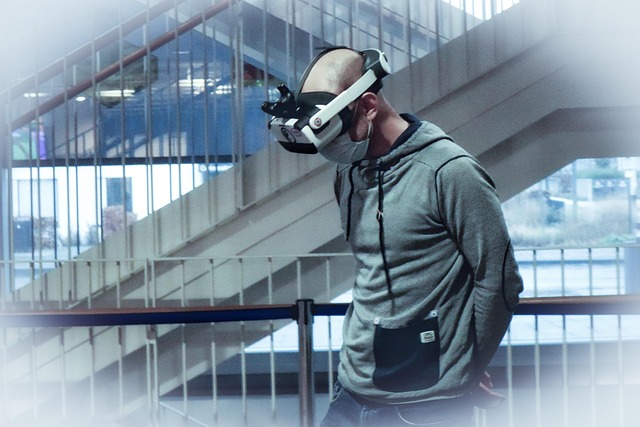The realm of 3D modeling has transformed dramatically in recent years, thanks to advancements in technology. As we delve deeper into the worlds of Virtual Reality (VR), Augmented Reality (AR), and the Metaverse, the interaction possibilities become virtually limitless. These platforms offer an immersive experience that reshapes how we perceive and engage with digital environments.
Imagine putting on a VR headset and stepping into a fully realized 3D model of a historic site, artwork, or even your dream home. You can walk around, examine intricate details, and interact with objects as if they were physically present. This level of immersion brings a new dimension to 3D modeling that traditional viewing methods cannot match. Designers and architects can now communicate their visions with unprecedented clarity and depth, allowing clients to explore concepts in a way that sparks true understanding and creativity.
On the other hand, AR offers a unique twist by overlaying 3D models onto the real world. With a simple smartphone or AR glasses, users can see how a piece of furniture looks in their living room or visualize a design element on a building without ever breaking ground. This type of interaction bridges the gap between imagination and reality, nurturing a sense of connection with the digital and physical worlds.
The emergence of the Metaverse further expands the possibilities of 3D modeling. It’s not just about creating individual models; it’s about crafting entire environments where people can interact, socialize, and collaborate in real time. Imagine hosting a virtual art gallery where artists from around the globe exhibit their work in a shared digital space. Users can wander through these galleries, discuss the art with others, and even purchase pieces—all without leaving their homes. This interconnected universe allows for rich narrative experiences and stimulates creativity among users.
As we continue to explore and innovate in these areas, the importance of interaction in 3D modeling cannot be overstated. Users are no longer passive observers; they are active participants in shaping their experiences. Whether through VR simulations that allow for real-time collaboration or AR applications that enhance the world around us, the future is bright for those willing to push the boundaries of what is possible. It’s an exciting time to be at the intersection of technology and creativity, where imagination can come to life in stunning detail.
Embracing these innovative tools not only enhances the way we create but also democratizes access to new experiences. People from diverse backgrounds can now engage with 3D modeling in ways they never thought possible. As we look forward to further advancements, let us continue to explore the infinite potential of interaction within this dynamic and evolving landscape.




